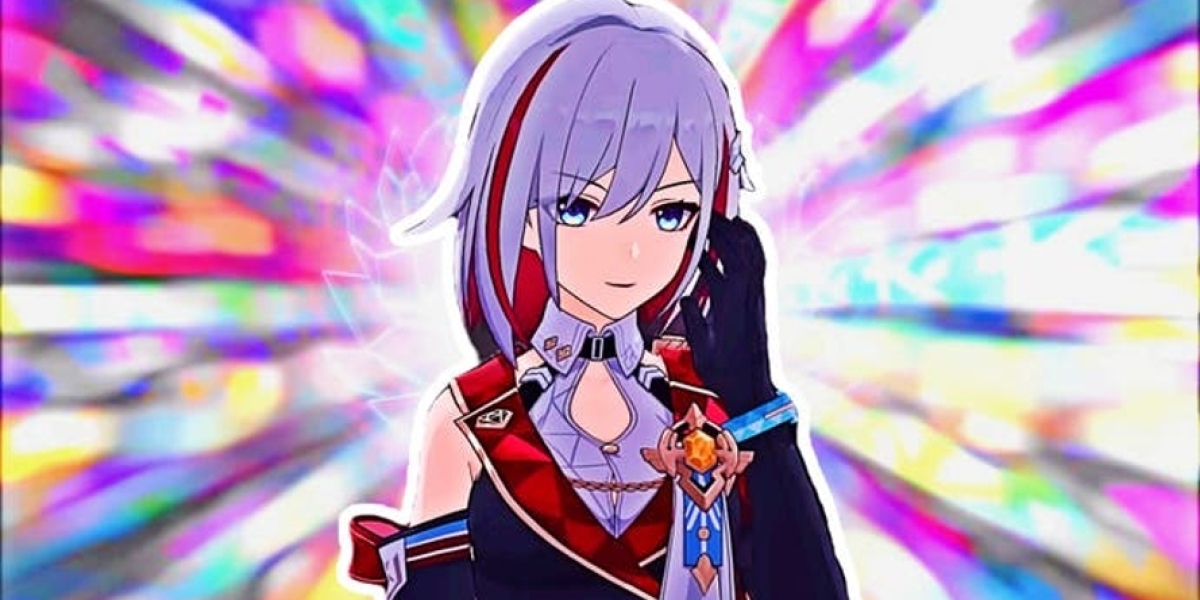Colors play a vital role in our lives, from the clothes we wear to the interiors of our homes. When it comes to design projects, picking the right colors can make or break your creations. Have you ever wondered why certain colors go well together, while others clash? The answer lies in the color wheel, and mastering it can take your design skills to the next level. In this ultimate guide, we will explore the science behind the color wheel, color harmonies, and how to create a color scheme that truly captivates your audience.
Before we dive into the color wheel, let's brush up on some color theory basics. Colors are divided into three primary categories: warm, cool, and neutral. Warm colors like red, orange, and yellow evoke feelings of energy and passion, while cool colors like blue, green, and purple give off a calming and soothing effect. Neutrals like white, black, and gray provide a sense of stability and balance. Understanding the emotional connotations of each color can help you convey a specific message in your designs.
The color wheel is a visual representation of all the colors in the spectrum. It's divided into three categories: primary, secondary, and tertiary. Primary colors are red, blue, and yellow and can't be made by mixing other colors. Secondary colors are made by combining two primary colors. For example, blue and yellow make green. Lastly, tertiary colors are created by mixing a primary and secondary color. Understanding how these colors mix and blend together can create endless possibilities for your design project.
Now let's talk about color harmonies. A color harmony is a combination of colors that look visually appealing when put together. The four main types of color harmonies are monochromatic, complementary, analogous, and triadic. Monochromatic harmonies use variations of one color, while complementary harmonies use colors that are opposite each other on the color wheel. Analogous harmonies use colors that are next to each other on the color wheel, and triadic harmonies use three colors that are equally spaced.
Creating a color scheme involves selecting colors that work harmoniously together to create a specific mood or atmosphere. A simple way to start is by choosing a dominant color and then selecting a few secondary colors that compliment it. From there, you can experiment with different color harmonies and tints, shades, or tones of your chosen colors to create depth and interest in your project.
Lastly, remember that color is subjective, and what looks good to one person may not to another. Experiment and trust your instincts. Don't be afraid to break color rules and create something unique and daring. You can use the free coloring app at https://kleurplatenwk.nl/unicorn/
The color wheel is a powerful tool that can transform your design projects from mediocre to exceptional. Understanding how colors work together and the emotional connotations they evoke can help you convey a specific message to your audience. Remember to experiment and have fun with color, and don't be afraid to take risks. Mastering the color wheel is an ongoing learning process, but with practice and patience, you can become a color expert and take your design skills to new heights.









